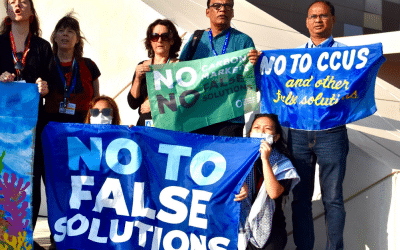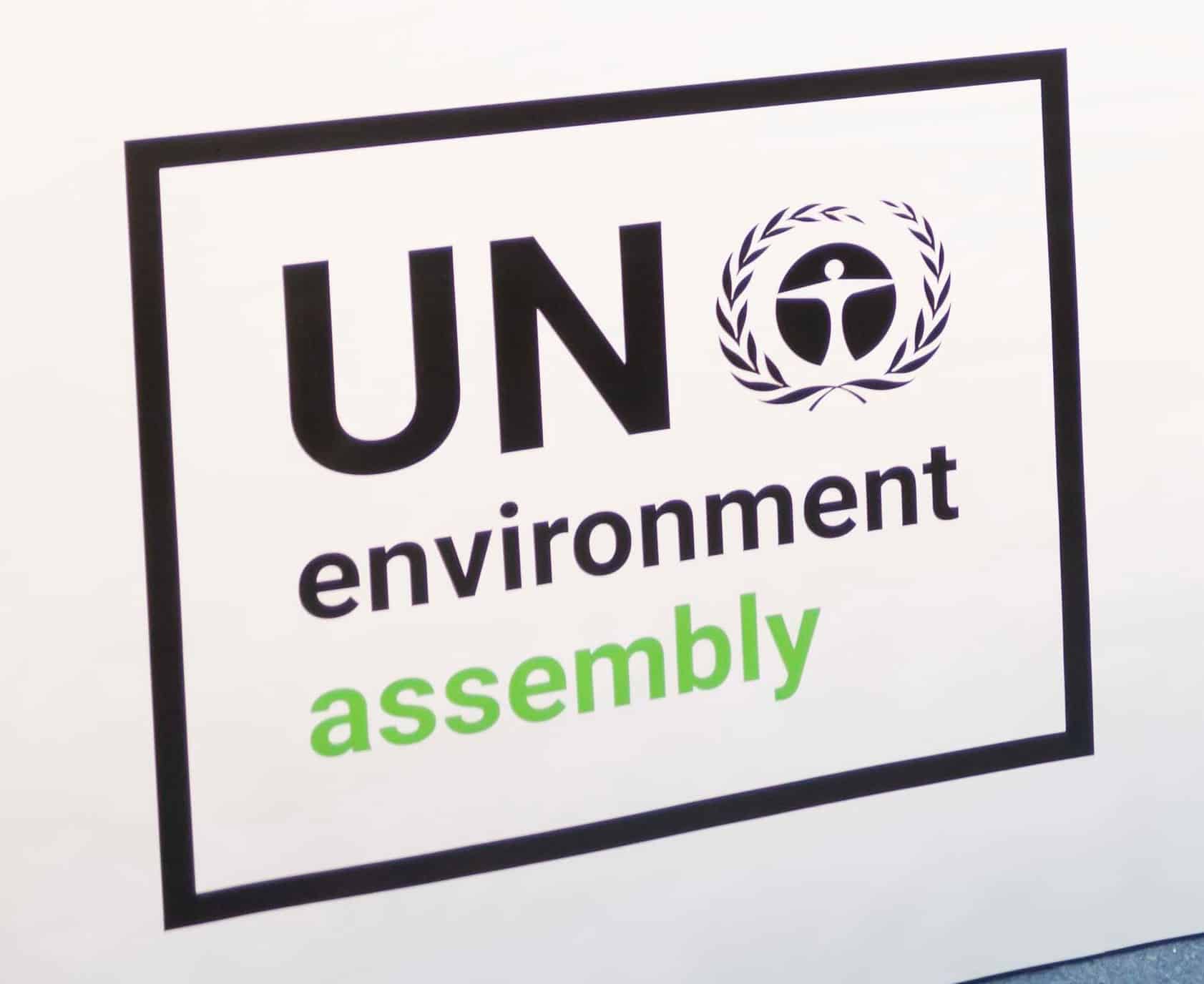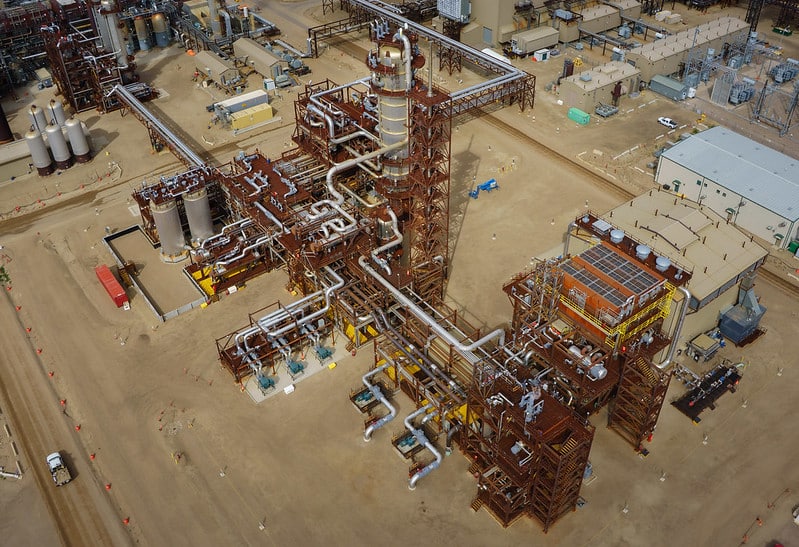It’s a shame that the Lorax and his message “Who Will Speak For The Trees” has been relegated to the realm of children’s cartoons and fantasy. Especially as trees, forests and ecosystems appear to be right smack in the epicenter of swirling debates about climate change. What those debates seem to boil down to (as the world burns around us) is whether it makes more sense to 1) cut down remaining forests and burn them for “renewable energy”, 2) put a fence around them, measure their carbon content and sell them to polluters as “offsets”, or 3) install vast plantations of trees — (perhapsgenetically engineered to grow faster), to suck up atmospheric carbon in hopes this will counter the ongoing gush of carbon into the atmosphere (geoengineering via “afforestation”) or this recent proposal which suggests that cutting down high latitude temperate and boreal forests — or replacing them with short rotation tree plantations, might help “fix” the climate.
Decisions, decisions! So many options. What shall we do with all the trees?
Here in the U.S>, a debate is brewing out west in light of recent legislation proposals from Oregon representatives Wyden and Defazio (among others) that would provide supports for “thinning and restoration” (climatespeak for logging) on public lands. The underlying motive is to get access to timber currently off limits to supply expanding demand for biomass to burn as “renewable energy.
Meanwhile, one of the few proclaimed “successes” coming out of Warsaw climate negotiations was towards an agreement on REDD+ (reducing emissions from deforestation and forest degradation). Yet this is hardly a success given mounting evidence that, among other concerns, REDD fails to address the underlying drivers of deforestation. What it has achieved is to create bitter divisions among indigenous communities faced with proposals that would commodify their lands and utterly distracted forest policymakers who are now so caught up in endless debates over REDD that they seem barely to notice that their forests are meanwhile being liquidated.
As if we were not confused enough already, brilliant scientists at Dartmouth have now determined that the value of high latitude temperate and boreal forests (let’s call them “Truffula” trees) — should not be measured solely in terms of their carbon content, nor the value of their timber, but also with respect to the “ecosystem service” they provide (to us that is) of absorbing or reflecting sunlight: their impact on albedo. The basic idea is that at higher latitudes, dark colored tree cover absorbs light and has net warming impact, whereas removing trees or keeping them small and immature allows light to penetrate, increasing the reflectivity of the white ground surface, and contributing to a net cooling effect.
The Dartmouth scientists say: “Our results suggest that valuing albedo can shorten optimal rotation periods significantly compared to scenarios where only timber and carbon are considered… we expect that in high latitude sites, where snowfall is common and forest productivity is low, valuing albedo may lead optimal rotation periods that approach zero.”
In other words those forests will be “more valuable” cut down or replaced with short rotation stunted tree plantations.
In their conclusions the Dartmouth authors state: “In particular, documenting relationships between forest biomass growth, the frequency of snowfall, latitude, and regional stumpage prices may help elucidate locations wherein different forest project strategies provide the maximum climatic benefits.”
Oh really? That sounds easy! Just plug those numbers into an equation and voila we can discover that “optimal climate benefits” indicate we should cut the forests down?
What would the Lorax say, I wonder? Probably that the “value” of forests should not be confined in so reductionist a manner where consideration is granted solely to carbon content, albedo, or timber harvest pricing. What about, just for example, the role of forests in regulating temperature and rainfall patterns over large areas of the earth? Or the role of compounds released into the atmosphere by trees in stimulating cloud formation (and hence influencing albedo)? What about the role of forest in creating fertile soils? Or the production of hydroxyl radicals by forests which are thought to play a key role in the breakdown of atmospheric pollutants? And what about the many many life forms that depend on healthy forest ecosystems?
The authors seem to have had some inkling that there might be other views of the “value” of forests, and offer lip service, recommending that “forest management should include biodiversity considerations when managing the flow of timber, carbon, and albedo services in mid and high latitude temperate and boreal forests.”
Managing the flow of services? If we cut them down then it seems most of the “flow” of “services” will likely come to a screeching halt!
The paper closes with a plug for funding: “Thus, as in all modeling work, we must take caution to consider that optimal forest management may vary quite drastically as the planet responds to climate change. Consequently, detailed and refined projections of these changes are critical for future work in this arena.”
Well, it is good that the authors realize that things will drastically change as climate change progresses. Like, for example, we might find that there is a lot less snow or it melts much faster. Which begs the question: After we have cut down the high latitude temperate and boreal forests to increase the reflective potential of snow cover, what happens when there is no more snow? Now we have no albedo and… no trees, no timber, no carbon, no biodiversity. This must be the Once-ler’s idea!
Perhaps they are taking their lead from another Once-ler, the Indonesian Ministry of Forestry. Recently when questioned about the horrendous doubling in Indonesia’s deforestation rate over the year following announcement of a moratorium on new concessions, responded that this was not “deforestation”, only “temporary deforestation“, (euphemism of the year).
The paleoclimate record suggests that in previous cases where earth’s climate has heated up or cooled down, stability was regained in large part by the sequestering of carbon in plants — forests and ecosystems. For example, Southeast Asian tropical peat forests (now being destroyed for oil palm and pulp and paper plantations and “temporary deforestation”) are thought to have played a key role in stabilizing climate between glacial and interglacial periods over the course of the last few million years of earth history.
The survival of many species faced with warming depends upon a steady northward and uphill climb towards cooler and more favorable conditions. So let’s see… now we are going to cut those forests down, further diminishing the remaining pool of ecosystem diversity in order to gain some supposed cooling due to albedo enhancement over the coming season, or two?
I am certain that the Lorax, and the children to whom that story so appeals, have far more common sense.


